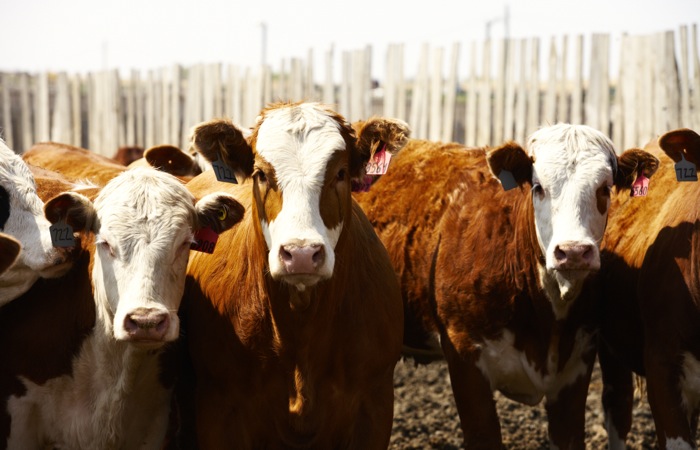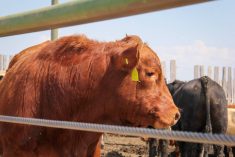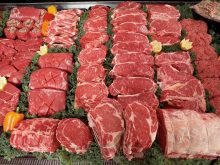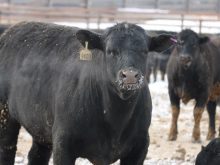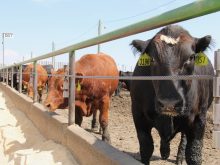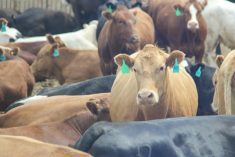In the previous three columns on feeder cattle marketing (found in the ‘On our network’ column on the right-hand side of this page), I’ve discussed hedging feeder cattle production using the feeder cattle futures market. Many producers hesitate to use a futures market because of the cash flow requirements. When you sell a futures contract, there are margin requirements and most brokerage companies will require a minimum account balance so that the position can withstand a couple of margin calls.
A broker has the authority to liquidate a position if the client does not meet margin calls in a timely manner or if they simply feel that the producer will not meet the call. Some companies require the broker to cover the margin if the client fails to meet the call. There is no messing around with margin calls. Therefore, to avoid margin requirements, producers can use options on the futures market.
Read Also

Harvest wraps up and fall work begins
At the Eppich famly ranch in western Saskatchewan, the fall harvest was successful with few breakdowns, cows and calves have been sorted and a new tractor has arrived
Using put options
There are two types of options but in this article, I will only discuss “put options” because this is the option producers will use to hedge feeder cattle production. Buying a put option can be compared to buying insurance. A premium is paid for a certain amount of price coverage and if the futures price falls below the strike price, a payout is generated. The strike price is the designated price for which put options are traded. The Western Livestock Price Insurance program works on a similar principle but in this article, I will discuss the put options on the feeder cattle futures markets.

Above are option quotes for the May feeder cattle futures contract. The May options expire on May 26 2017 and the May feeder cattle futures are currently trading at $122.40. The contract is also for 50,000 pounds and in U.S. dollars.
I’ve bolded/underlined the $122 because this strike is called “at the money” because the value is closest to the actual futures prices. Strike prices below futures market are called “out of the money” and the strikes above $122 are called “in the money.” I don’t want to go into too much detail on option values because we’ll leave that to the professionals. For now, it is important just to understand “in” and “out” of the money put options.
When a producer buys a put option, the only money at risk is the premium cost. There are no margin calls from just buying and then selling options. This alleviates the fear of endless margin calls.
For simplicity, I’ll work through an example in U.S. dollars on how to use options to hedge production. One can simply take this a step further with one calculation of the exchange rate but it is important that producers understand the mechanics.
A producer buys in 550-pound steers in January to sell as 825-pound steers in early May. A put option can be used to establish a price floor, which is calculated by subtracting the option premium and the basis from the strike price. In this case, I’ll use the strike of $118 minus the estimated basis of $3, minus the option premium of $2.575 which equates to $112.425. The price floor is $112.425.
In the first case, we’ll say that the futures strengthen to $126.50 in May. When the futures market is above the strike price at expiry, the option has no value and is considered “out of the money.” The producer would sell the cattle in the cash market and assuming the basis stayed the same at $3, the net price received would be $126.50 minus $3 minus the option cost of $2.575 equals 120.925.
In the second case, the futures market drops to $109.25 so the option would be considered “in the money” and would have a value of $8.75, which is strike price minus the futures price. ($118 minus $109.25 equals $8.75) The net price to the producer would be the futures of $109.25 minus the basis of $3 plus the net gain on the put option of $6.175 ($8.75 minus $2.575) which equals $112.425. This is exactly the floor price mentioned above.
The producer can rest comfortably because there are no margin calls while ensuring a price floor. Of course there is a cost to this peace of mind, which is the option premium. We’ve all seen how prices can change in a short amount of time so this is a viable way to ensure price protection.


